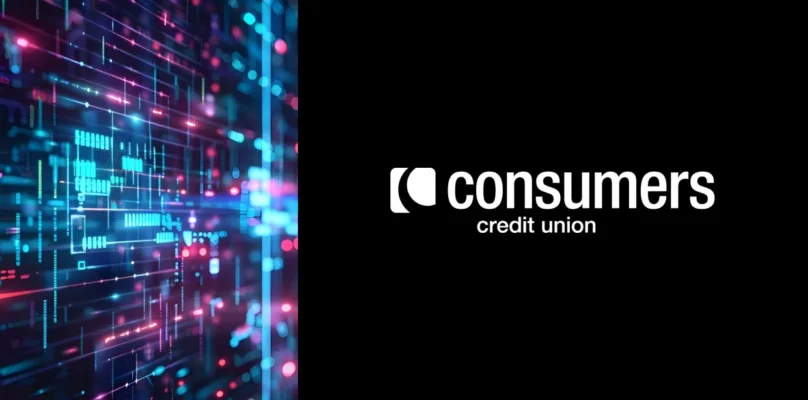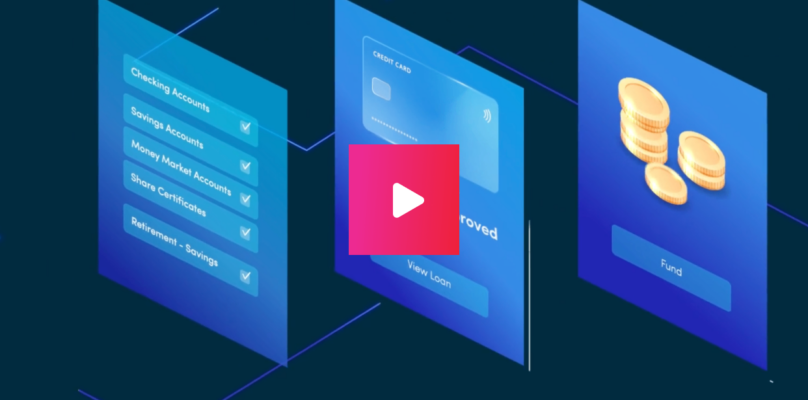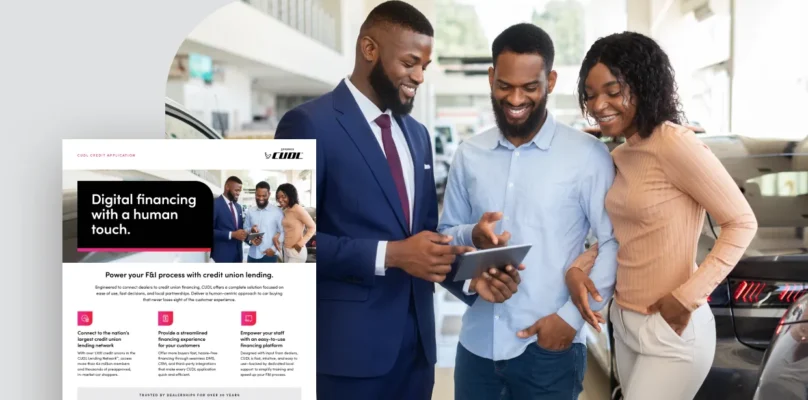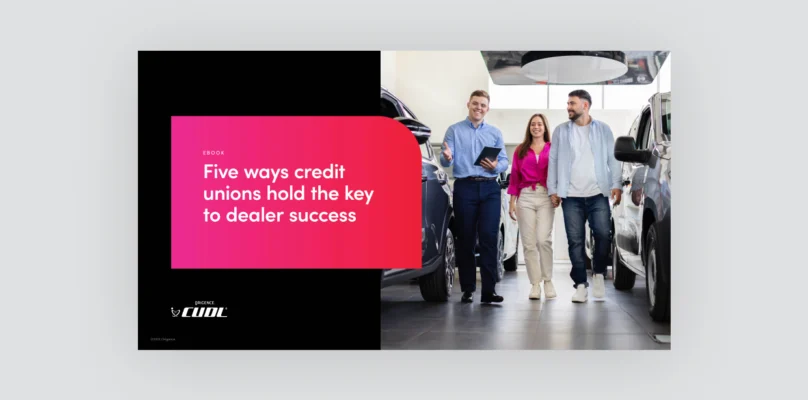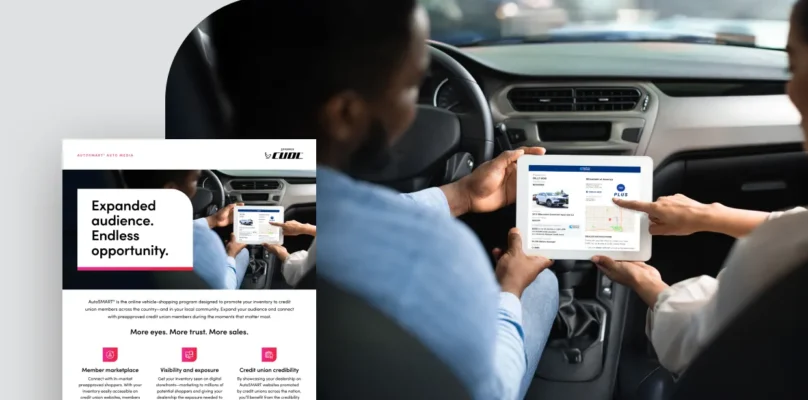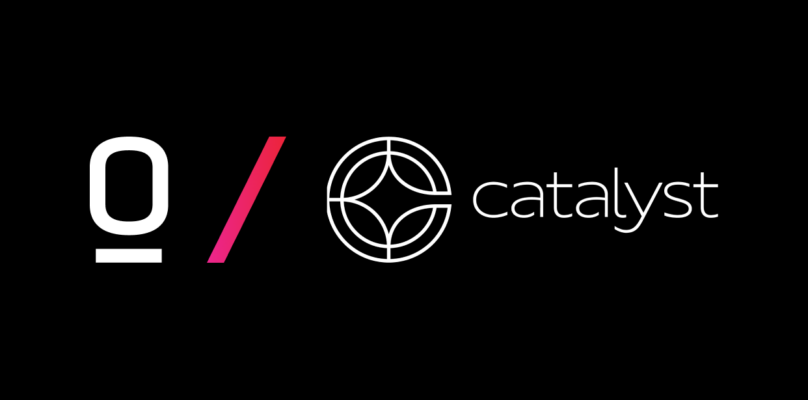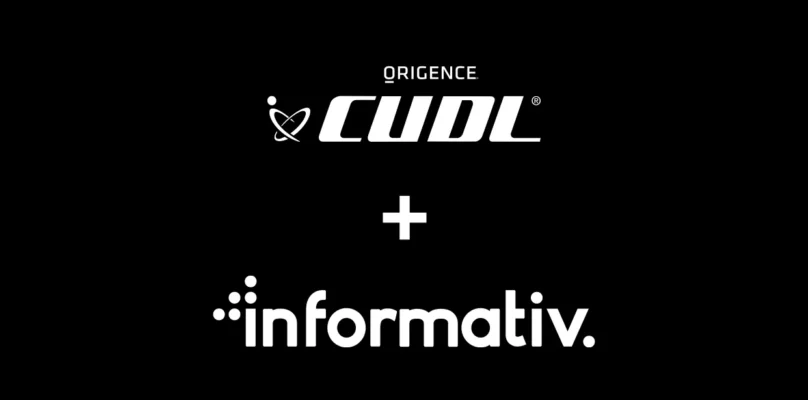I recently had the opportunity to be a part of Lending Tech Live ’22, a conference dedicated to bringing the industry together to talk about all aspects of consumer lending. From new technologies with the potential to completely transform a member’s borrowing experience, to industry trends and research, Lending Tech Live featured insights from a lineup of speakers that included experts from lending, automotive and financial services.
Among the learning opportunities at Lending Tech Live was the breakout session “Lending In An Electric Vehicle World,” presented by Melinda Zabritski, Senior Director, Solutions Consulting for Experian, pulling in eye-opening data points.
Since Melinda serves as the key spokesperson and analyst for Experian on emerging automotive finance trends, her perspective on the burgeoning electric vehicle (EV) market is particularly valuable. I was fortunate enough to have been the moderator for her session, and wanted to share some of her key insights – along with my own thoughts on why and how EVs can become a huge opportunity for credit unions looking to grow their portfolios.
A Big Shift for Lending
As Melinda noted in the beginning of her presentation, the growing popularity of EVs is helping to create a fundamental transformation in automotive lending. While EVs are only about 5% of the current new vehicle market, according to Experian’s State of the Automotive Finance Market: Q4 2021 report, that is twice the amount from the same quarter a year earlier. About 240,000 EVs were purchased by consumers in 2022, excluding fleet sales (this total does not include hybrid vehicles and other alternative fuel vehicles).
In addition, car manufacturers themselves are committed to meeting this change in consumer demand. Beyond the next-generation of car makers like Tesla, legacy manufacturers like General Motors have already announced plans to stop selling combustion engines by 2035, Honda will follow in 2040 and even manufacturers that aren’t yet committed to a full switchover are betting big on electric, as evidenced by Ford’s splashy introduction of the F-150 Lightning and the Mustang Mach-E SUV.
EVs are also beginning to change the lending game because they are so fundamentally different from gas-powered vehicles. For example:
- The average EV is substantially more expensive. While EV prices will undoubtably go down in the future as economies of scale take hold, in 2022 the average price of an EV is over $54,000, according to J.D. Power.
- While still new in terms of consumer technology, EVs are already showing that they tend to last longer than combustion cars – and are requiring distinct maintenance patterns. For example, while an EV might not require an oil change, it will eventually need a new battery if driven long enough. That’s a major expense that might have implications for how consumers feel about the car that they often will still be making payments on.
- EVs attract a more exclusive buyer, with an average credit score of over 758, according to Experian. Not surprisingly, this means that the average loan amount on an EV is also higher, the payments are higher and the loan terms are often longer.
As Melinda pointed out in her session, this all adds up to opportunity for those of us in the lending industry who are ready to play in the EV space, because EV loans are the best performers across both used and new.
Charging New Opportunities for Credit Unions
Right now, banks are dominating the EV lending space with over 60% of the market, versus slightly over 21% for credit unions for new electric cars. In the used EV lending space, credit unions are closing the gap, with over 32% versus 45% for banks. This isn’t surprising, since credit unions in general tend to focus much more on the used vehicle market – and because supply chain issues and inventory squeezes are making used vehicle purchases much more appealing to the average member.
Wells Fargo Automotive and U.S. Bank are the two biggest lenders in the new EV lending market, with those two institutions accounting for over 40 percent of total lending. Regionally, it’s not surprising that California is the state with the highest percentage of EV purchases, with about 40%. Florida and Texas are second and third, respectively.
I was also extremely interested to learn from Melinda’s presentation that data has shown EV buyers becoming extremely loyal to the electric experience. Once a car owner switches over to electric, they very rarely switch back – a trend that I think will have major implications for the lending industry in the years to come.
Indirect Lending and EVs
Change can be challenging – but it can also lead to opportunity, and that’s why I think the unfolding EV paradigm shift should be so interesting to credit unions. As my colleague Darren Lorentz wrote in his blog post, 3 Steps to Launching an Indirect Lending Program, it is the perfect time for credit unions to begin expanding their footprints with indirect lending programs, due in part to the explosion in demand for auto loans.
While competition in the indirect lending space is certainly tough, a forward-thinking technology partner can help credit unions make the transition into indirect lending not only more seamless – but more innovative as well, with a digital-first experience that results in faster decisions and funding. By tapping into a network of auto dealers, credit unions can grow their memberships at the same time they grow their loan portfolio, retaining total control over lending and underwriting standards.
Beyond growing their loan portfolios, electric vehicle lending programs can also help credit unions continue to serve the needs of their communities and members. Empowering drivers to switch over to emission-free vehicles is a worthy mission – and can be a boon in community and public relation efforts and communications. Even better, at the time of writing, the Inflation Reduction Act seems set to at least partially re-incentivize EV purchases with tax credits, making EVs even more attractive to your members.
Want to explore the topic of indirect lending for EVs a little deeper? Book a demonstration anytime – and don’t miss these related resources that can help you learn more now:



